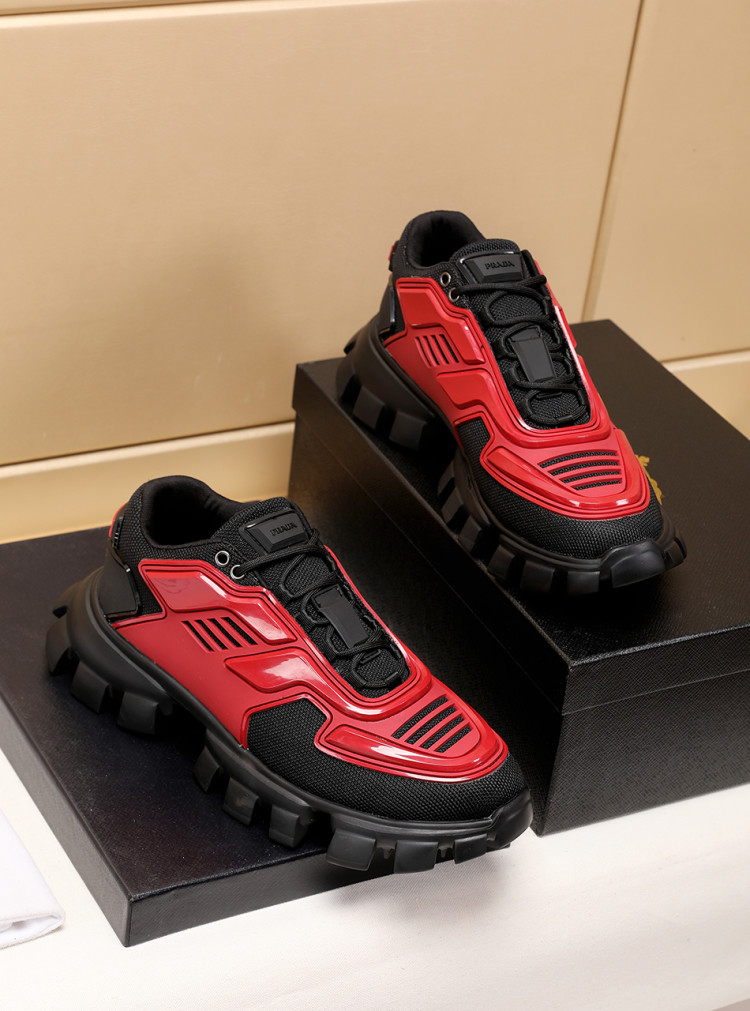

The price hits a low when sales begin, then climbs steadily until it plateaus and completes the curve. When a new shoe is announced, its resale estimate is high but decreases steadily as the release date nears.

StockX, a popular sneaker marketplace, found that most hyped releases follow a similar pattern: the “Swoosh Curve,” named for Nike’s trademark logo. “We’re becoming flooded with the idea that sneakers are a commodity and that we should always be thinking about the dollar amount.” “It’s more about how much would you make off those shoes versus what would you do in those shoes,” said Nick Engvall, a footwear consultant and founder of Sneaker History. In online discussion forums, every new release is dissected like a company going through an initial public offering. It is not unusual to see a handful of big releases - usually coming from Nike’s SNKRS app - in a week. These days, there are highly anticipated drops almost every weekend. Nike also tapped the design sense of Travis Scott for more than a dozen pairs of shoes since 2017. Nike teamed with Virgil Abloh’s Off-White to put a new spin on popular shoes from the company’s archives. Kanye West worked with Nike and Adidas on realizing his vision for Yeezys. Over the last decade, most major sneaker brands have turned to high-profile collaborations. For example, the so-called Tiffany dunks featured a turquoise color that resembled the boxes of the famed jeweler. Each release had a unique look, back story and catchy nickname that made the shoe feel more exclusive. Nike often collaborated with skaters, designers and streetwear brands such as Supreme, which elevated the SB (for skateboarding) Dunks into a status symbol. It wasn’t long before sneakers became a collector’s item starting in the early 2000s when Nike released Dunks, originally a basketball shoe, in limited quantities at independent skateboarding shops, such as FTC in San Francisco and Uprise in Chicago. Sneakers were no longer bland shoes with extra padding and rubber soles they were fashion accessories and expressions of identity. The original Jordans and subsequent models ushered in a new era.

Michael Jordan wearing the original Nike Air Jordans during the 1985 N.B.A. It all raises a big, difficult question: If the bots lose, who wins? Sophisticated sneaker bots, which can cost thousands of dollars, are key to creating the artificial scarcity that makes a sneaker valuable and, in turn, makes a brand seem cool.

Thanks to resale sites like StockX and GOAT, collectible sneakers have become an asset class, where pricing corresponds loosely to how quickly an item sells out. But for sneaker brands and retailers, the relationship is more complicated. To most customers, bots are the bane of online shopping. Though Bodega had limited each shopper to a maximum of three pairs, the store found that it was about to ship 200 pairs of New Balances to several addresses in the same apartment building in New Jersey. Others seemed to navigate the site with superhuman efficiency, zooming from product page to purchase confirmation in 30 seconds. In the case of Bodega’s New Balance drop, one person managed to buy a pair of the $160 sneakers before the product page was even live. For limited-release shoes, the time advantage afforded by a bot could mean the difference between disappointment and hundreds of dollars in instant profit. Shoppers armed with specialized sneaker bots can deplete a store’s inventory in the time it takes a person to select a size and fill in shipping and payment information.
SNEAKER BOTS FOR ALL RETURN POLICY DOWNLOAD
To hear more audio stories from publications like The New York Times, download Audm for iPhone or Android.


 0 kommentar(er)
0 kommentar(er)
